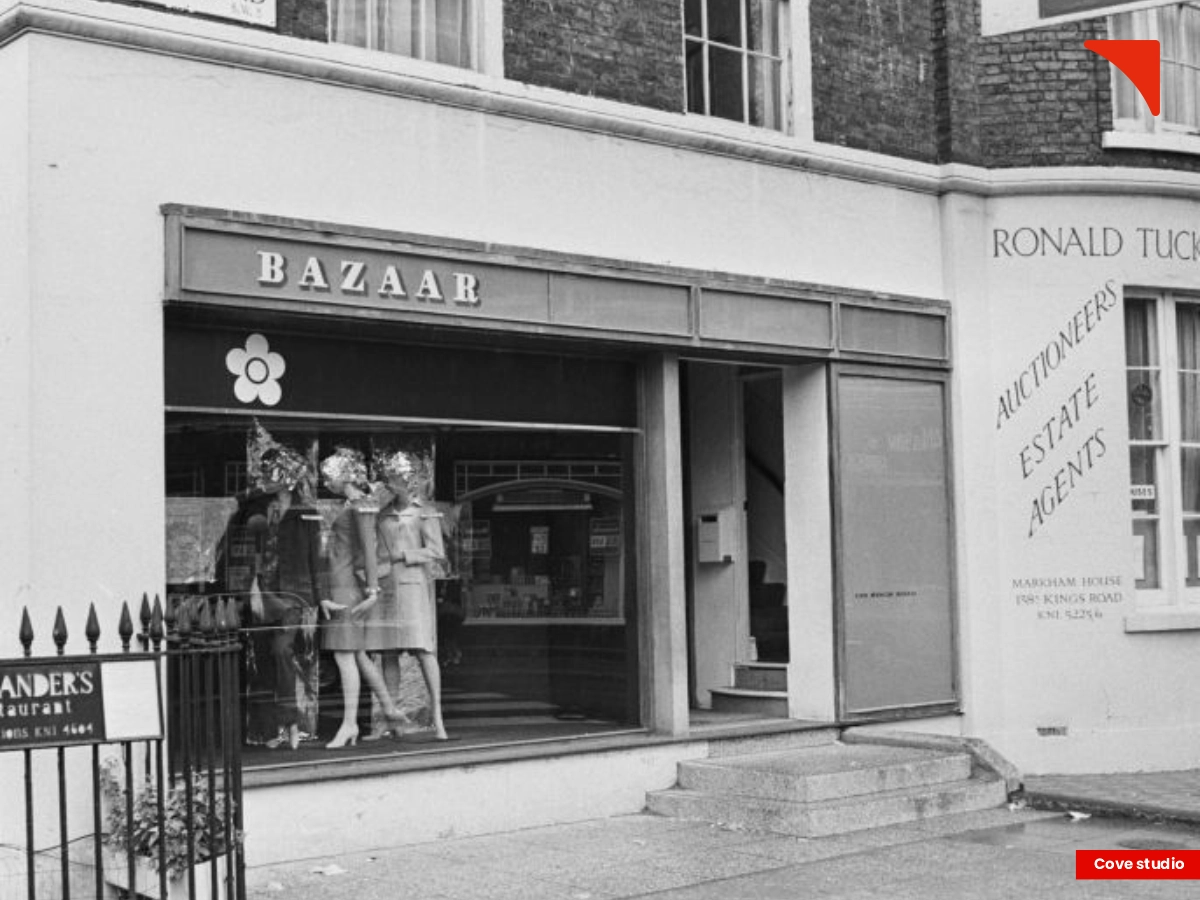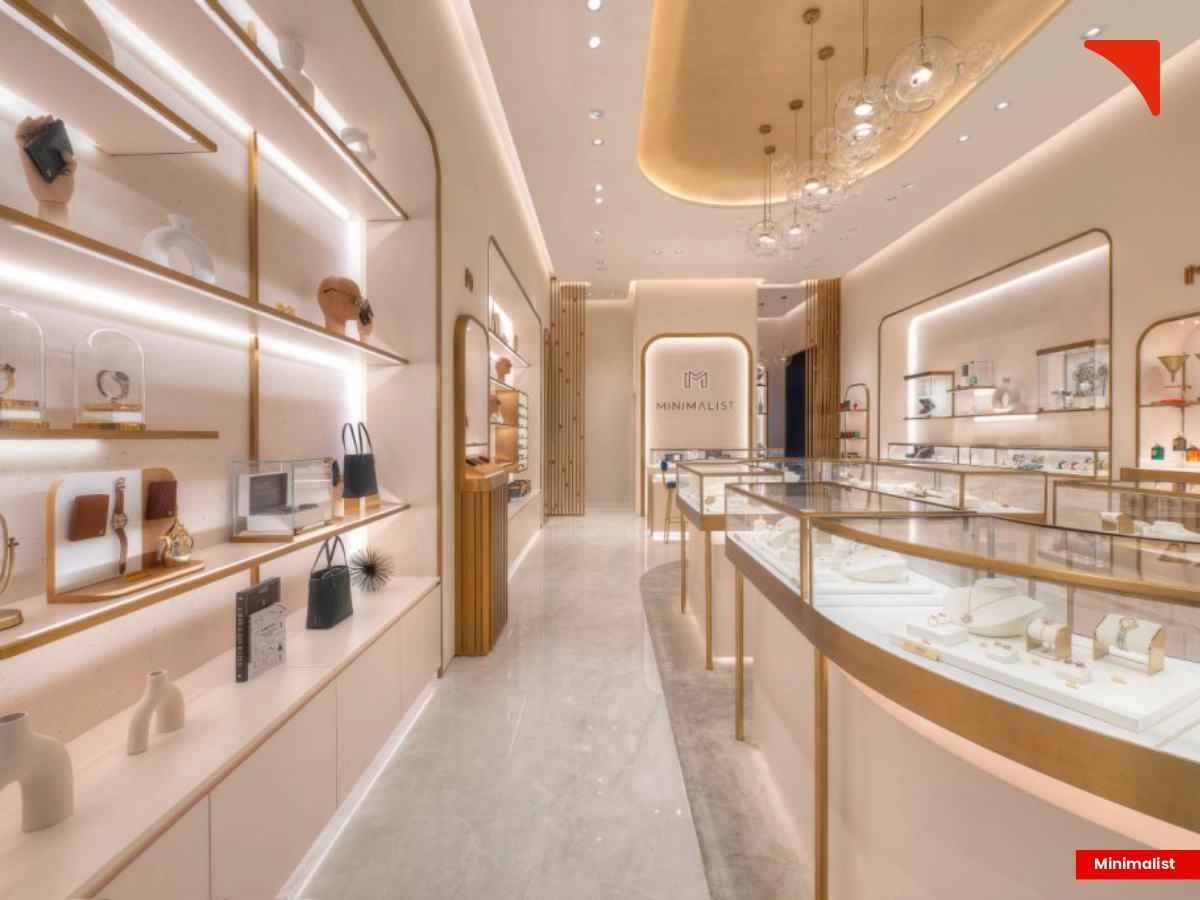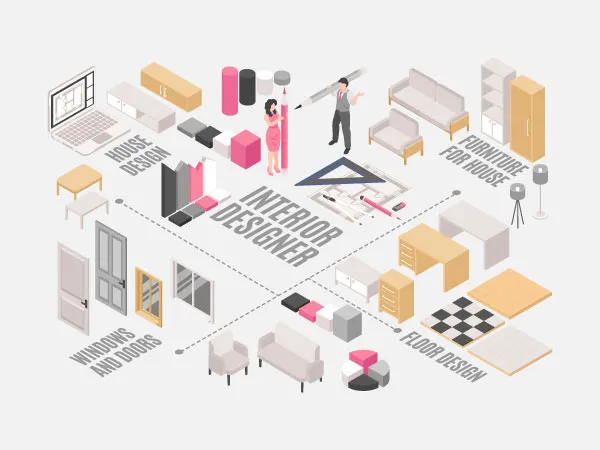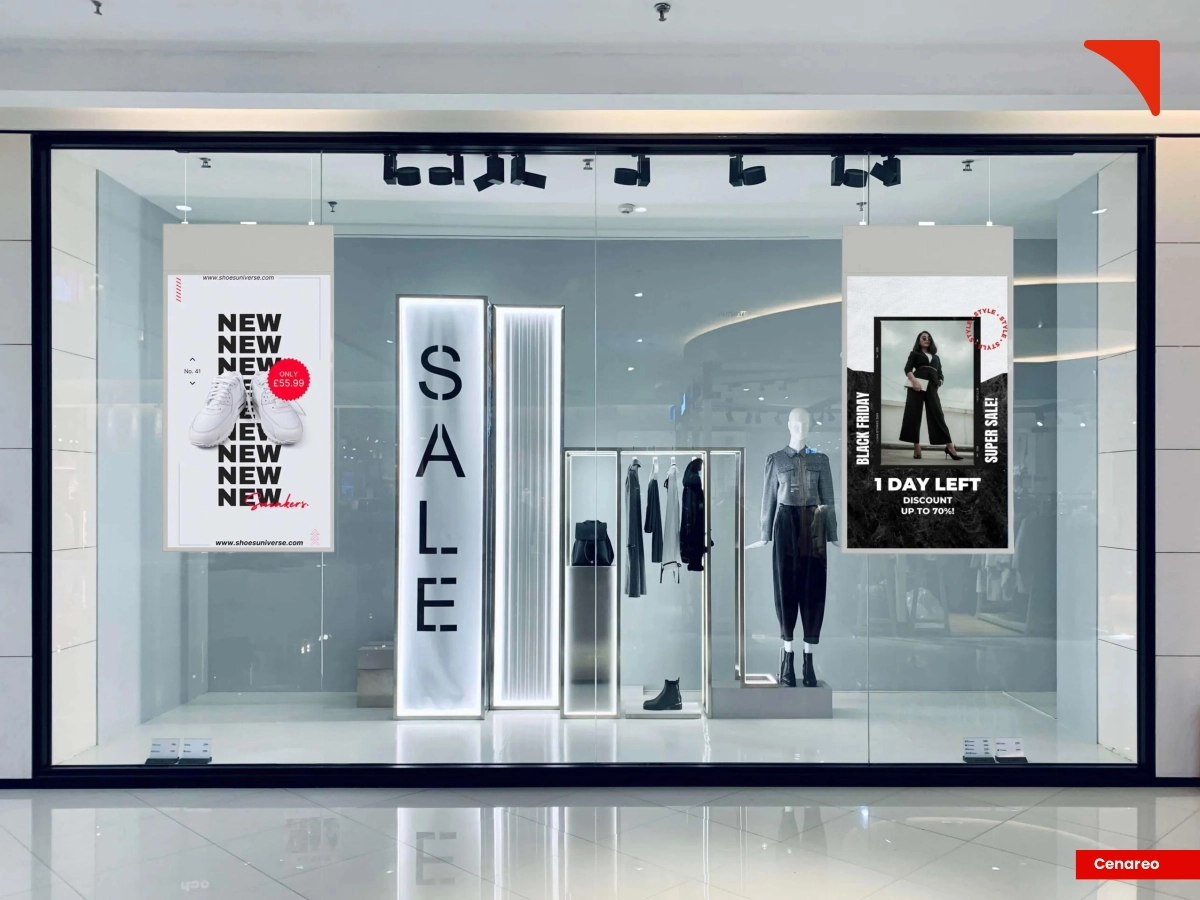EMBRACING MINIMALISM IN RETAIL BRANDING WITH BRAND DESIGN AGENCY

Table of Contents
The Beginning
Minimalism in retail Branding
Minimalism in Advertisements
The Final Thought
In our previous piece, we explored the concept of Maximalism and how physical retail makes way for vibrant hues and extra detailing for an expressionable experience for the consumer. This time, we will touch upon the widely influencing and significantly preferred style which has penetrated its clarity into the various creative discipline—Minimalism.
Art & Design is the mirror reflection of society as a whole. It crusades through various elements, especially those anchored in the lifestyle. As a result of a trend like Minimalism overtaking an entire space through plane architecture, consumers are returning to their original roots in response to minimalist ideas.
In our previous series, we identified all the reasons for popularizing maximalist concepts inside physical stores, giving consumers the fun and liveliness of experiencing a more quirky brand identity. However, as a trendsetting brand design agency, we have identified our design thinking to lean on the minimalist concept of building retail identity.
The Beginning

Minimalism emerged during the 1960s and 1970s after World War II. This concept is about stripping things/objects/spaces down to their essence. This movement focuses on geometric lines and constructivism, reducing additional embellishments and simplifying designs.
A strong advocate for curating designs that weren’t subjective or symbolic. Instead, the art should physically reflect on its form to describe its purpose. Profoundly impacted by Japanese architecture & design work around minimalism, the early designers visualized spaces based on two planes, void areas, and bright lightning.
As culture moved into London during the 80s, minimalism became the definition of boutique and later luxury. The paramount ideology behind minimalism is improving a design with physical attributes of space in synchronization with invisible details, primarily characterized by materials, people, and form, and implementing only those essentials that form a communion with its surroundings & convey a message precisely with clarity.
Minimalism in Retail Branding

It is a sensitive period for brands as they grind their teeth into stone to achieve what is overlord to their existence— consumers. As attention recession and content shock appear as significant setbacks, physical retail must establish itself as an exclusive entity for survival. Consumers drive their interest back into the brick & mortar concept. At this crucial moment, marketers and designers need to think systematically about shaping up an identity that could be efficiently and concisely represented to people.
When brand design is in question, minimalism must be methodically placed into every work of art; labels, packaging, space layout, and visual merchandising. Since the core philosophy behind 'Less is More’ stands true to materials, finishes, a sense of order, and the need for less chaos, here is what integrating minimalism into brand design would look like:
Simple Packaging & Labelling

Brand identity design comes down to two main factors: Product packaging & labeling. Although branding transcends tangible elements such as logos & packaging, they must establish a position after the initial presentation. With the minimalist design trend penetrating the packaging part of a brand, it is crucial to keep things simple and conspicuous.
An array of bold typography, better contrasting colors, and uncluttered information on the package should provide a tonic to a chaotic mind, not an absence of design.
Selective Material for Quality

Quality is of paramount importance in design. Since its inception, minimalism has always reflected the need to discard more in pursuit of quality. Space design with a sense of simplicity is a luxury experience enriched by refined materials and textures around the product or package on the shelf.
Inside the leading design event— Design Shanghai, Sunny Lee, the designer from leading branding & packaging firm Avery Dennison reported on how the product packaging utilized “Tacility & Texture” to enhance the aesthetic and improve the brand’s look and consumer experience. Each material gave consumers the appropriate feel and uniquely defined the brand’s value proposition.
Sustainable Values

The revival of this trend has much to do with the ongoing climate crisis and other environmental concerns. With the philosophy of reduced ornamentation and better representation of functionality in a design, consumers want brands to embrace conscious consumption without compromising on quality. Minimalism in products and inside spaces refashions businesses into responsible citizens who consumers want to align with as they extend the proposition of less but with quality, purpose, and longevity.
Minimalism inside Advertisements

The advertising industry experiences the influence of every innovation. It formulates a breakthrough that expands on the need for marketers and advertisers to be purposeful and meaningful with their message. As brands collaborate to work per creative advertising agencies' strategies, minimalism should be at the top of their minds commanding consumers’ attention with the ability and proposition to solve a problem.
Since information overload casts grave issues as people feel more anxious around overwhelming content, minimalist ad strategies, and design would untangle the complexity in messaging & visuals. In a minimalist advertisement, visual noise is stripped away from what effectively explains the message. With a minimal logo, visuals, and written messages, minimal ads grab the audience's attention.
The Final Thought!
A minimalist approach calibrates the ideas behind store design, brand design, and creative advertising to bring the audience's attention to what is truly important. Discerning quality, material, finishes, and purpose is complex amidst the cluttered environment. For retail brands to rise and revive their positioning, it is crucial to integrate design trends like minimalism which fosters growth through a synchronized and clean understanding for consumers. It is an aesthetic that isn’t transient but works along with certain traits of maximalism.